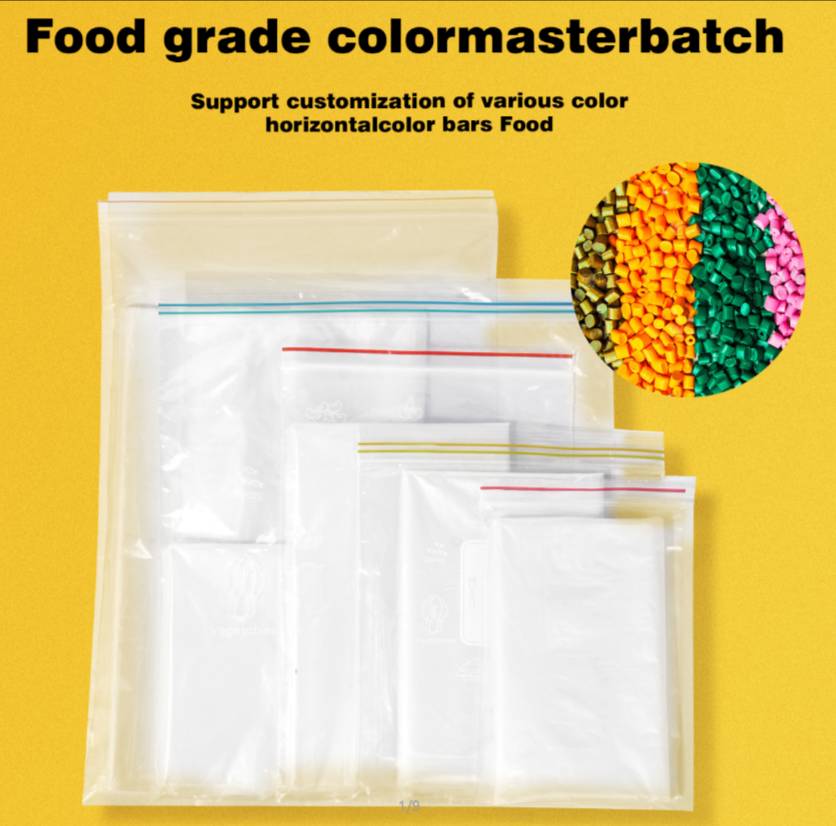stretch film industry
The Stretch Film Industry An Overview
The stretch film industry has emerged as a pivotal sector within the packaging market, owing to the critical role that stretch films play in the protection and preservation of goods during transportation and storage. Stretch films, typically made from linear low-density polyethylene (LLDPE), are elastic materials that can stretch over objects, creating a secure barrier that holds products together, preventing damage, contamination, and spoilage.
The growth of the stretch film industry can be attributed to several factors. Firstly, the booming e-commerce sector has significantly increased the demand for effective packaging solutions. As online shopping continues to grow, businesses are seeking reliable ways to protect their products during shipment. Stretch films are ideal for securing packages, as they conform closely to the shape of the item, stabilizing loads on pallets and preventing shifting during transit. This functionality is vital for companies looking to reduce loss and ensure customer satisfaction.
Additionally, the rise of the food and beverage industry has further propelled the use of stretch films. These films provide an excellent barrier against moisture and contaminants, extending the shelf life of perishable goods. By wrapping food products securely, manufacturers can maintain freshness, which is essential in a market that prioritizes quality and safety. Consequently, stretch films have found applications in both retail packaging and bulk shipping of food items.
stretch film industry

Technological advancements have also played a crucial role in the growth of the stretch film market. Innovations have led to the development of superior films that offer enhanced stretchability, clarity, and resistance to punctures. These advancements improve the overall performance of the films, allowing businesses to optimize their packaging operations. The introduction of biodegradable and recyclable stretch films is another significant development, as sustainability has become a focal point for consumers and companies alike. By adopting more environmentally friendly materials, the stretch film industry is striving to meet the demands of eco-conscious consumers while reducing its ecological footprint.
Regionally, North America and Europe remain dominant players in the stretch film market, driven by well-established retail and logistics sectors. However, rapid industrialization and urbanization in Asia-Pacific, particularly in countries like China and India, are fostering substantial growth potential. The increasing adoption of automated packaging solutions and the expanding logistics infrastructure in these regions are likely to boost the demand for stretch films in the coming years.
Despite its positive trajectory, the stretch film industry faces challenges, including fluctuating raw material prices and stringent regulations regarding plastic usage. These challenges necessitate continuous innovation and adaptation, compelling businesses to explore alternative materials and sustainable practices to maintain competitiveness.
In conclusion, the stretch film industry is a vital component of the global packaging landscape, responding to the evolving needs of various sectors. As the demand for efficient, reliable, and sustainable packaging solutions continues to grow, the industry will likely witness further advancements and opportunities for expansion. Stakeholders who embrace innovation and sustainability will be well-positioned to thrive in this dynamic market, ensuring that stretch films remain an integral part of the packaging ecosystem for years to come.
-
Have the freedom of customizing your custom mailers any way you want! Our dedicated packaging support will help deliver you the mailing experience you need to elevate your shipping experience to the next level! Start making a strong impression on your customers and stand out from your competitors! -
LIYA uses high quality raw materials which directly purchased from large enterprises domestic and overseas such as PetroChina, Sinopec, Sabic, Equate, ExxonMobil, Dow Chemical, Total, and Borouge, ensuring the price advantage and quality of the raw materials. -
LIYA uses high quality raw materials which directly purchased from large enterprises domestic and overseas such as PetroChina, Sinopec, Sabic, Equate, ExxonMobil, Dow Chemical, Total, and Borouge, ensuring the price advantage and quality of the raw materials.





